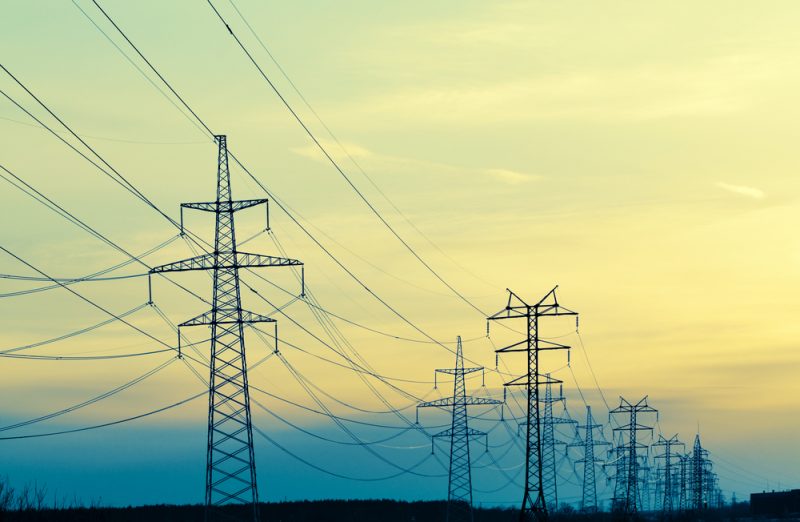U.S. transmission infrastructure spending continues to increase

Spending on transmission infrastructure has increased over the last 10 years, according to the U.S. Energy Information Administration (EIA).
Information compiled from utility reports to the Federal Energy Regulatory Commission (FERC) representing approximately 70 percent of total U.S. electric load indicates that those utilities spent approximately $35 billion on transmission expenditures in 2016. Transmission infrastructure investments accounted for 61 percent of that total.
Operational and maintenance costs made up most of the remaining transmission expenditures and rose from $3.3 billion in 1996 to $13.5 billion in 2016. Spending to build, operate, and maintain regional transmission organization and markets made up one percent of that utility transmission spending.
According to members of the Edison Electric Institute (EEI), the primary factors that will drive transmission investment over the next few years include upgrades and replacement of aging transmission infrastructure, system hardening and resiliency enhancements to minimize damage from catastrophic events, fundamental improvements to comply with evolving transmission reliability and security compliance standards and expansion of the transmission system to integrate renewables and natural gas.
